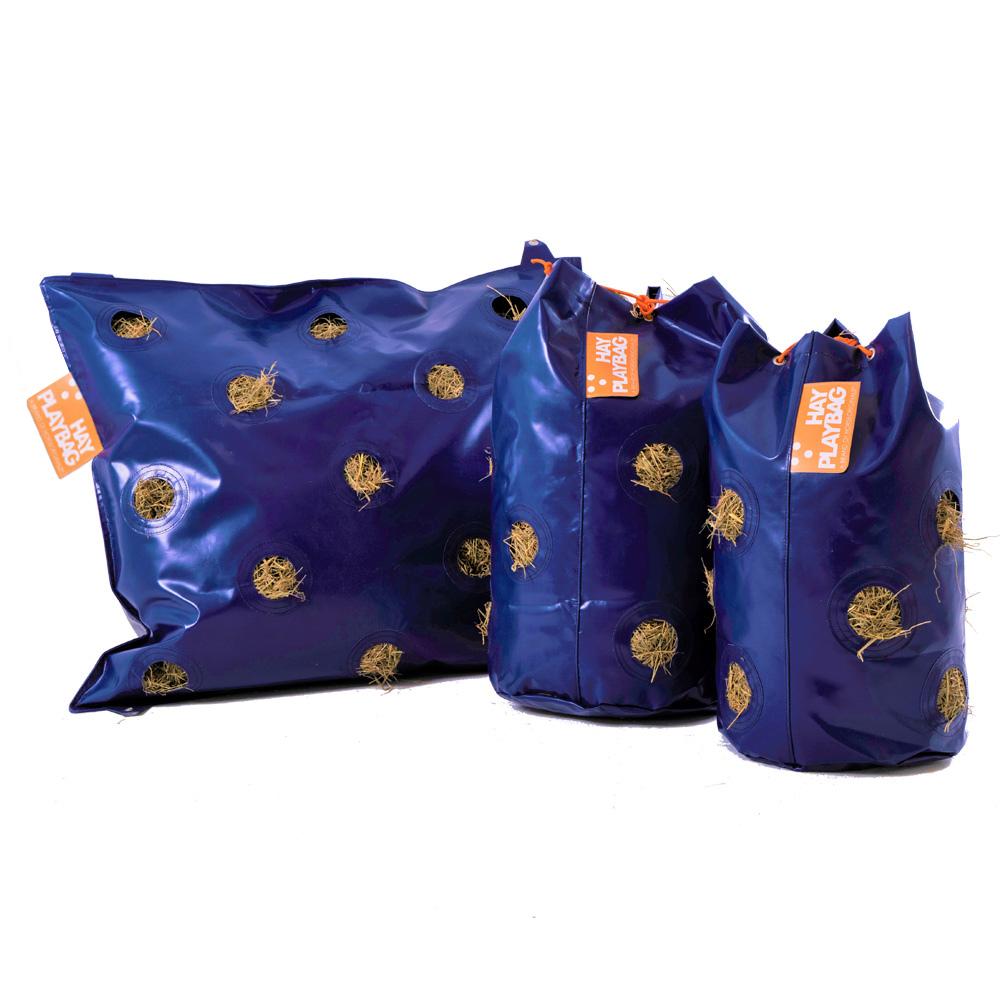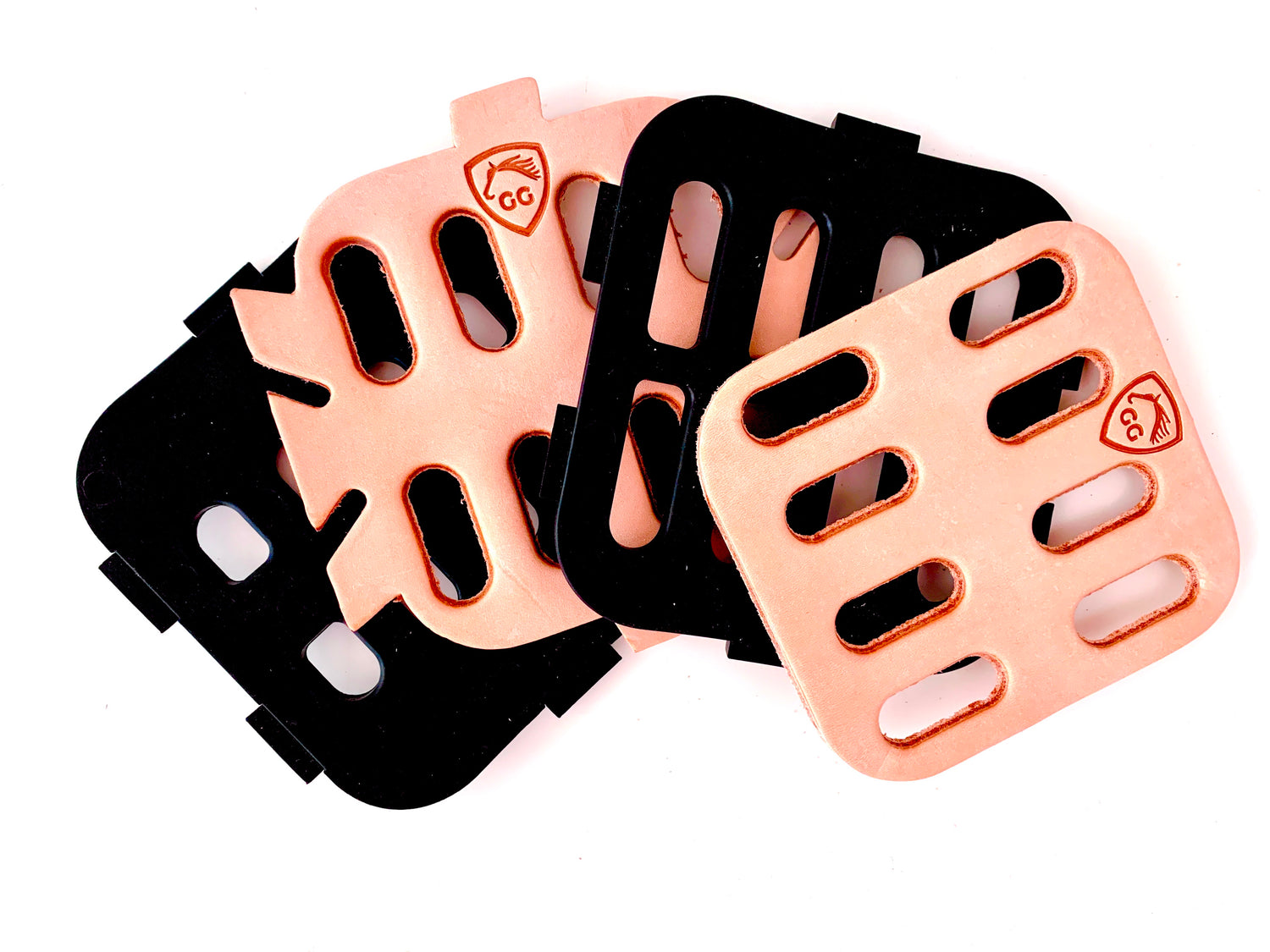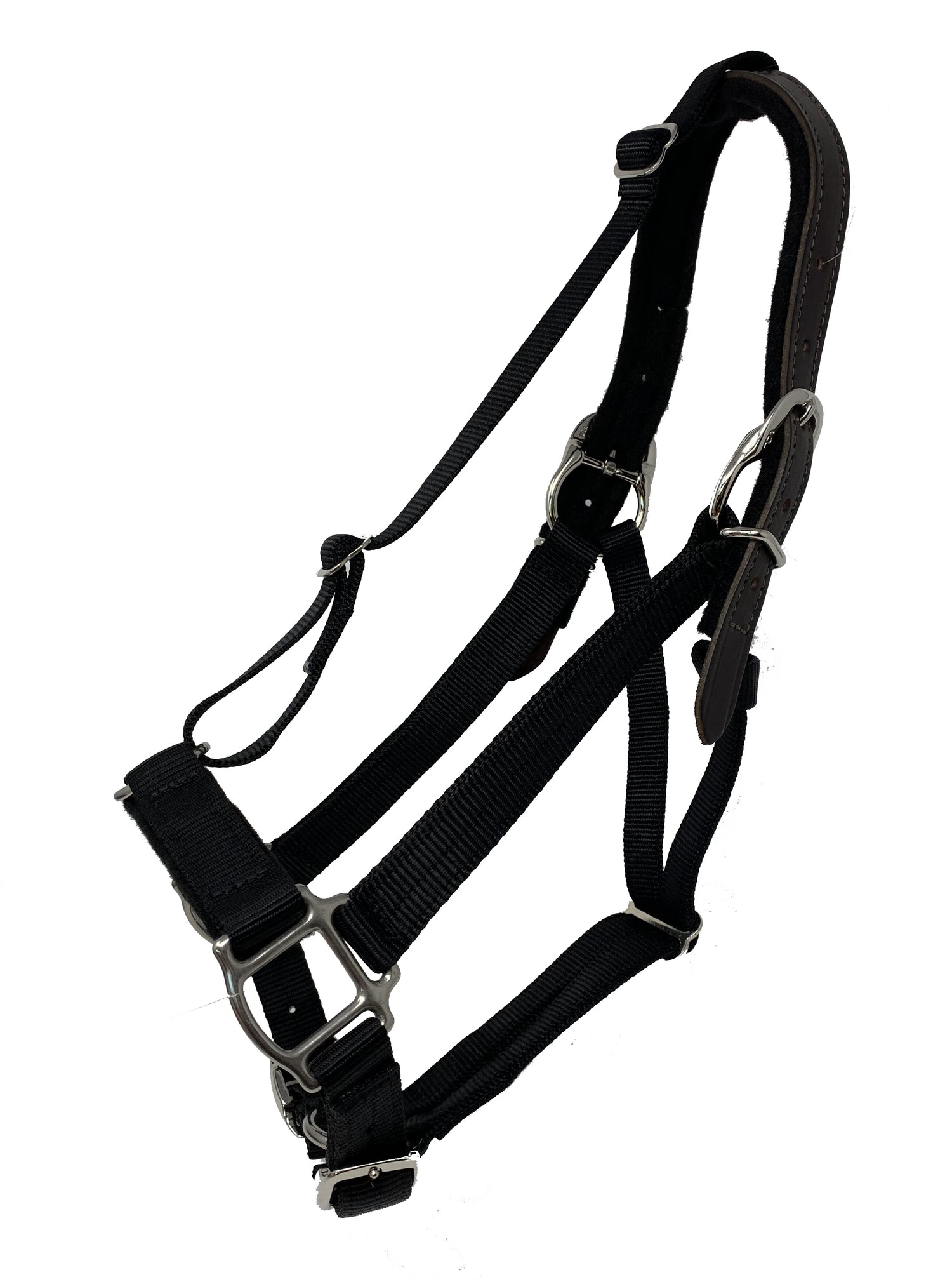Ah, spring, when the grass gets green, the days get longer, and the horses shed their winter coats. It's also a time infamous for laminitis in some horses. Gas colic loves to pop up in the spring, too. The combination of lush green grass and more turnout time often creates spring colic in horses.
Understanding Spring Colic in Horses
Many problems plague a horse's intestinal tract. These issues are compounded by a horse's inability to burp or vomit, which means a disturbance in the digestive system can snowball into severe pain and complications.

What is colic?
Colic is the general term for abdominal pain. It can happen in different locations of the digestive tract and has many causes and manifestations. Colic in horses is often a surprise despite our best efforts to keep our horses healthy. The appropriate treatments a veterinarian prescribes usually clear up a case without a trailer ride for hospitalization or surgery.
Types of colic - obstruction, torsion, impaction, displacement, and gas
There are many types of colic, and sometimes, there is no apparent reason for your horse's distress. It's often difficult to pinpoint the exact cause or determine where in your horse's intestine the problem is.
Obstructions are blockages in the GI tract that stop food from moving through. Parasites, tumors, foreign bodies, and food can create a blockage. An impaction is an obstruction due to manure or food. Significant blockages of dehydrated manure Sand or stones in the intestine, called enteroliths, may also block digestion. When the intestine telescopes onto itself, it forms an intussusception obstruction.
There may also be a blockage that strangles the blood supply in GI tract, called a strangulation colic.
Torsions happen when there's a twist to the intestine. Twists have many causes and require immediate veterinary care and likely immediate surgery.
Displacement colic occurs when part of the digestive tract shifts out of its normal position. For example, a right-sided displacement happens as the stomach moves to the left, or a left-sided displacement occurs as the colon shifts to the right.
Abnormally strong contractions of the GI tract create spasmodic colic episodes. You may notice cycles of pain and relaxation.
And then there's any -itis that creates colic, like peritonitis, the inflammation of the abdomen's lining, or colitis when the colon walls inflame.
And then there's gas colic - a frequent flyer during spring and fall when pasture grasses flourish!

The Mechanism of Gas Colic
A natural by-product of a horse's digestion is gas, thanks to the microbes in the hindgut.
Those microbes eat sugars and starches, among other things. The microbes have a lot to eat if the hindgut has a large or fast influx of sugary, starchy foods. They will release gas and lactic acids in unusually high amounts.
There's also a chain reaction as the acids change the pH of the gut's contents, which can cause the demise of other beneficial microbes, creating endotoxins in the process. The pH change also increases the gut wall's permeability, allowing things to escape into the bloodstream.
Laminitis and gas colic
The chain reaction continues as the hindgut fills with food, gas, endotoxins, and a different pH. Those endotoxins travel through the newly permeable intestinal wall into the bloodstream. Laminitis is often the result.
Excessive gas may also trigger gas colic as it inflates the area and creates stretching of the intestinal wall. The gas has only one way out because horses can't vomit or burp. However, excessive gas buildup can move or twist the colon, complicating matters.
Common Causes of Spring Colic in Horses
Dietary changes
Spring grass usually transforms rapidly, turning from dry, crispy, brown grass to lush, bright grass in a week or two. These factors make sudden changes to your horse's digestive system.
Sugars and starches in pasture grass
Spring colic in horses links directly to spring grass. The lush, sudden increase of fresh spring grass is full of sugars and starches that allow the plant to photosynthesize, store fuel, grow, and reproduce.
Weather and turnout time
Warmer temps and longer days also mean more horses graze longer, giving them time to eat more of that sugary goodness.
Hydration and water intake fluctuations
Changing weather can sometimes cause horses to drink less, creating dehydration. Not only is this a risk for developing an impaction, but dehydration can slow digestion and interfere with the normal functions of the horse's gastrointestinal tract.
Why spring and pasture increase the risk of colic
Warmer temps and longer days also mean more horses graze longer, giving them time to eat more of that sugary goodness. Lush spring grass is so tasty that horses are tempted to eat faster.
Spring grass creates these layers of risk - increased sugars, those sugars landing in the hindgut quickly, sudden diet change, and hydration challenges. These can lead to laminitis and colic in any horse, but horses with an already higher chance of laminitis and colic are at a higher risk.
Read more about laminitis here.

Identifying the Signs of Colic in Horses
You can't see the excessive fermentation or abdominal contractions in your horse's belly during gas colic, but you can read your horse's vital signs and behaviors to see when something is wrong.
Changing behaviors are key signs of colic
The most commonly discussed signs of any gastrointestinal disturbance in horses are:
- Repeated rolling
- Looking at the flank
- Belly kicking
- But also keep your eyes peeled for these signs:
- Smaller and dryer manure (on the road to an impaction)
- Lots of passing gas
- The flehmen response of flipping the upper lip or shaking the upper lip
- Mucus-covered fecal balls (this indicates a longer time in the GI system)
- Unusual sweating
- Stall walking, standing unusually, or other behaviors in an attempt to be comfortable
- Urinating small amounts frequently to relieve pressure
Vital signs can signal spring colic in horses
Monitoring your horse's typical vital signs - their temperature, pulse, and respirations - lets you know their normal, resting vitals. An increase in pain can show itself with an increase in pulse, respiratory rate, and sometimes temperature.
Knowing your horse's normal gut sounds is helpful, too. Any increase or decrease in gut sounds may indicate trouble. Notice them at the top and bottom of each flank.
Check your horse's gums
Slipper, pale pink gums are ideal. Changes to gum color, like red, hot pink, blue, or purple, indicate a possible emergency. The dryness of the gums also tells you about their hydration. Sticky or dry gums mean your horse is dehydrated.
Call your vet
The first line of care begins with a phone call to your vet. Spring colic in horses may look minor but can quickly change into a major emergency.
Your vet can advise you on a care plan as you await their arrival. Depending on the situation, your vet may advise you against giving pain medications if your horse is somewhat comfortable. Your vet needs as much information about your horse's behaviors and reactions. Pain medications can distort this information.
Your vet may also suggest you proceed with pain medications as needed. It will depend on each individual situation.

The flehmen response is a sign of pain or smelling something unusual.
Treatment and Prognosis for Colic in the Spring
You and your vet can do many things to help with gas colic. Some of these are good old-fashioned movements, and others involve modern medicine.
Treatments
Your vet can administer pain medications, like NSAIDs, to provide comfort. Anti-spasmodic drugs are another option and reduce the painful contractions associated with some colic cases.
A nasogastric (NG) tube placed into your horse's stomach may relieve some gas and deliver helpful hydration. Certain laxatives may also increase hydration in the gut as they draw fluid from your horse into the digestive system to help soften and pass manure.
You may need to walk or lightly lunge your horse to help pass gas. Movement is not part of the treatment plan with every colic, but it may be helpful in some gas colic situations. You don't want to walk your horse to the point of exhaustion, which can happen quickly when they don't feel well.
Prognosis
Luckily, most horses overcome gas colic without much help. Supportive care, appropriate medications, and slow feeding are essential for a safe and comfortable recovery.

Preventative Measures Against Spring Colic
The nature of colic, with its long list of causes, makes eliminating colic impossible. There are various management habits and diet adjustments that can help your horse stay far away from abdominal pain.
Managing diet and forage intake
Using slow-feeding systems is the best way to provide forage and commercial feeds. Allowing this more natural grazing style of eating accomplishes two essential things. When your horse eats slowly, they stay busy most of the day, reducing the instances of equine ulcers and supporting gut health. Slow-feeding systems also reduce the sugars and starches in the hindgut at any given time, so the microbes don't have a chance to change the pH and go overboard with gas production.
Use hanging or rolling hay feeders to engage your horse's brain as they chew. HayPlay bags can be stationary or free for your horse to maneuver and play with.
Feed commercial feeds, grains, and supplements many times a day in smaller amounts. The goal is to avoid concentrated sugars in the hindgut.

Grazing safety
Pasture turnout and grazing are like eating delicious forage, fresh from the source. Many horses, especially those with metabolic disorders like pituitary pars intermedia dysfunction (PPID, formerly Cushing's disease) and equine metabolic syndrome (EMS), already have a higher risk of laminitis and colic and can't handle the sugary nature of pasture.
Using grazing muzzles accomplishes the same thing as a hay net or slow feeder for forage does. It's simply a slow feeder that your horse wears. Your horse will eat less sugar over a more extended period, helping to protect against colic and laminitis.
Make dietary changes over time
Any change of diet, from one hay to another or changing feeds and supplements, is best over two weeks. Treat incoming spring (and fall) grass as a diet change, which may require temporary use of a grazing muzzle.
It's best to use muzzles for the duration of grass turnout. Horses are savvy regarding food and will learn that if turnout is part "naked" and part muzzled, they will eat faster without the muzzle. This only serves to ramp up that colic risk. It's better to use a muzzle before, during, and after the spring grass arrives. Then, start to wean them from the muzzle.
Importance of regular veterinary care
Regular veterinary care and diligent monitoring of your horse's vital signs, hydration, and manure habits are essential.
Grazing can trigger spring colic in horses and help your horse's waistline disappear. Routine vet care helps your horse weight stay in a safe zone.
Your vet can also help you with dental care, another digestive health factor. Improperly chewed food may lead to choke and quidding, and can be painful, too.
Routine bloodwork to check on your horse's metabolism is affordable and fast. Knowing if your horse has trouble with insulin regulation and if PPID or EMS is developing can help you choose lower-sugar hays and feeds. A metabolic issue is one of the best reasons to use grazing muzzles and slow feeders.

Hang Your HayPlay bag or let your horses move it around for more interactive slow feeding.
When it comes to spring colic in horses, it's better to be safe than sorry. Help your horse adjust to dietary changes slowly, and understand your horse's metabolic status before spiring grass arrives. Using slow feeders and grazing muzzles benefits all horses, especially when the pasture is thriving.







